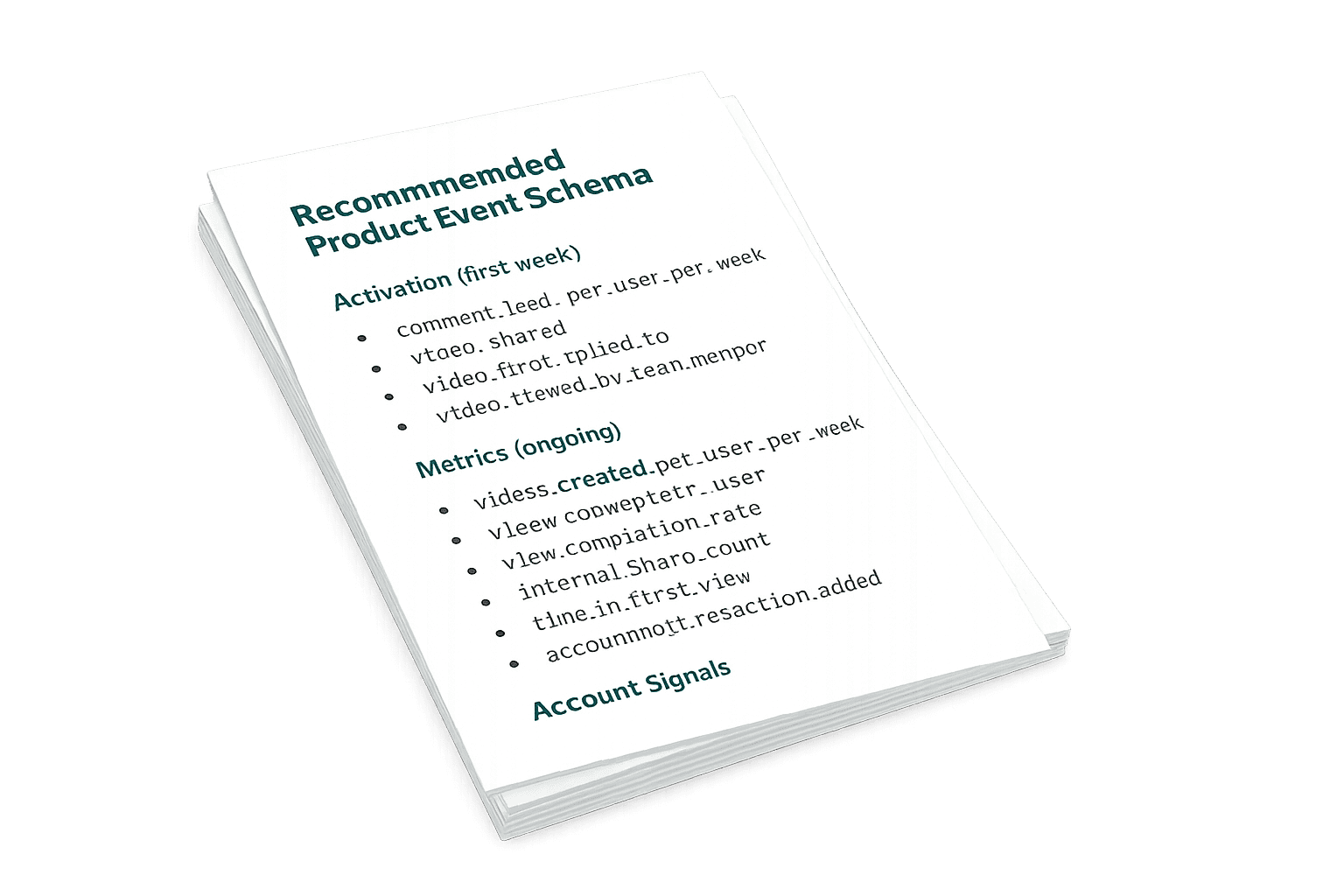TL;DR
Product engagement isn't the responsibility of just a single team. It's the result of how your product works, how it's introduced, how it's supported, and how it fits into your users' daily workflow. The most successful SaaS teams treat engagement as a shared metric, powered by product analytics that everyone can see and act on. That's how you build momentum together.
It's Not About "Who Owns It"
In most SaaS companies, there's pressure to assign ownership:
- Marketing owns leads
- Sales owns pipeline
- CS owns churn
So the question comes up: Who owns engagement?
The short answer? Everyone.
The better answer? Stop thinking in silos. Start looking at the systems that drive engagement, and how every team can help.
Product engagement isn't a handoff. It's the sum of everything your team builds, supports, and communicates.
What Drives Product Engagement?
Engagement isn't one feature, moment, or message. It's everything working together. For example:
- A product that clearly solves a problem
- A setup flow that gets users to value quickly
- A UI that doesn't require a how-to guide
- Integrations that keep users in flow
- Expectations that match what's delivered
- Responsive support when users need help
- Communication that brings users back
- Reliability and trust, baked into every interaction
Each of those shows up in your product analytics.
And each maps to different teams. No one group owns all of it, but everyone contributes.
Why It Matters to Share Your Product Data
When teams operate in isolation, engagement problems slip through the cracks.
- Product sees feature usage but not onboarding friction
- CS sees stuck users but can't flag it upstream
- Marketing pushes a message that doesn't match in-product behavior
Everything works better when GTM teams share the same view of product engagement and everyone knows who'll respond and how to respond.
That starts with knowing what to track.
How Do You Make Engagement Collaborative?
1. Define engagement in terms of value
Track the actions and milestones that reflect real value. Think about the features that, when used, indicate a healthy customer. This gives you a true product engagement score.
2. Turn your product analytics score into a shared metric
Make it visible. Put it in team standups, QBRs, and product reviews. When everyone can see the same trendline, it's easier to align.
3. Give each team a lever
Product focuses on usability. CS focuses on onboarding gaps. Marketing reinforces the value loop. Support keeps users moving.
Each team should know how they influence engagement and where the data says they should focus their time and energy.
4. Treat it as ongoing work
Engagement isn't static. New users, features, and markets change the equation. Teams need to review and adapt continuously.
This is where teams using spreadsheets can fall behind or lose steam. As long as you have customers using your products, your data should be as fresh as possible.
What Strong Teams Do Differently
The strongest teams use product analytics to break down walls.
- They track the right behaviors.
- They surface insights early.
- They push those insights to the teams who can act on them — whether that's CS, Product, or Marketing.
They don't treat engagement like a quarterly metric. They treat it like a feedback loop they're always learning from.
Product Engagement isn't Something to Assign and Forget
It's something to understand, share, and improve together.
If you want to drive real retention, adoption, and expansion, don't ask who owns engagement. Ask how your teams are equipped to get the data to see it and respond to it.
This is the way.
Free Product Event Schema Builder
Not sure how to start tracking product events? No worries.
Enter your business email (with your company's domain) below. In 24 hours you'll have a report just like the one above.




